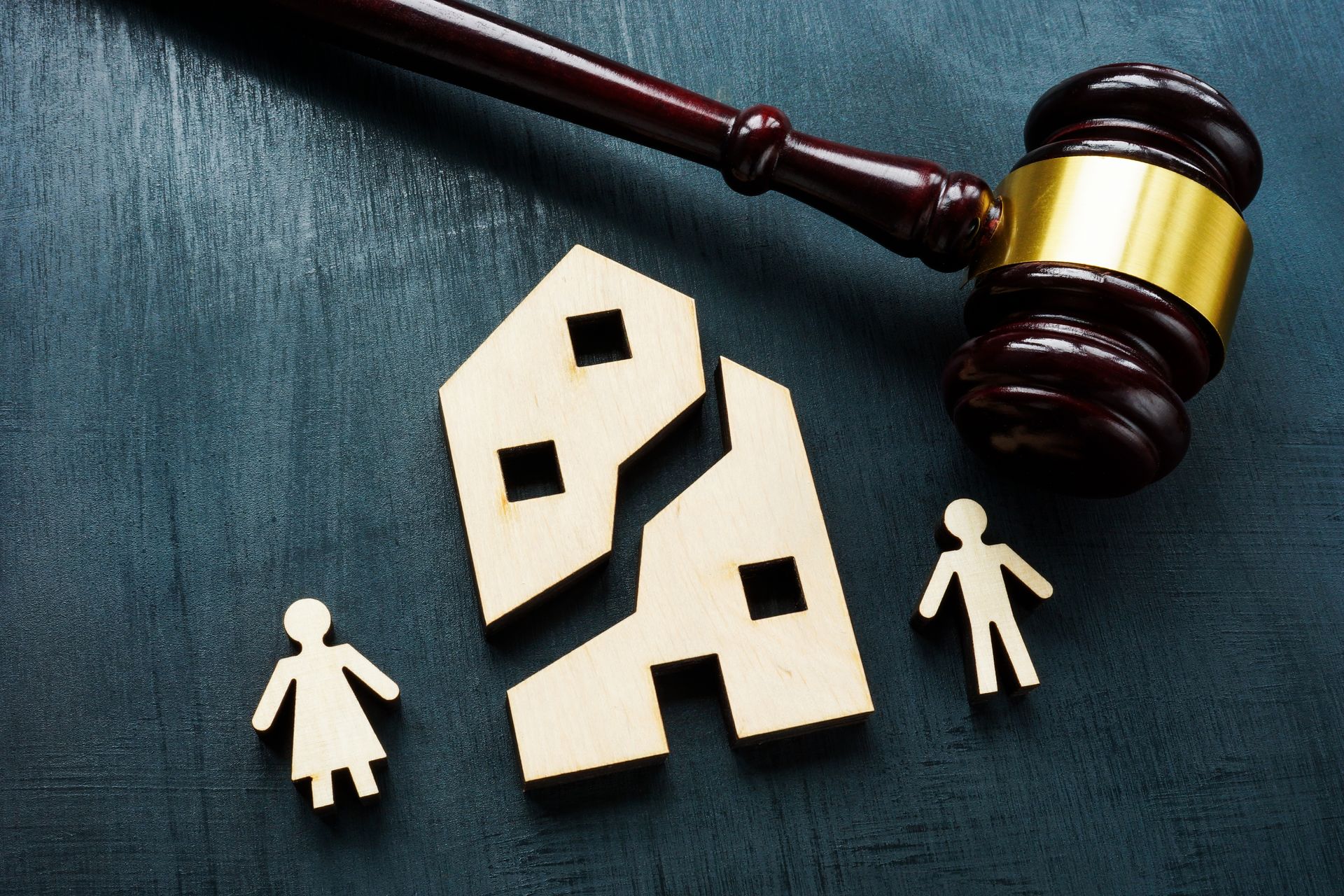Is your TPAR lodged? Don’t be penalised this August.
Avoid late penalties & stay compliant with your contractor payment reporting.
For many small to medium-sized businesses in Perth, staying on top of your tax obligations can feel like a constant balancing act — especially as EOFY rolls around. One important yet often misunderstood reporting requirement is the Taxable Payments Annual Report (TPAR).
If your business has paid contractors or subcontractors during the 2024–2025 financial year, you may need to lodge a TPAR with the ATO by 28 August 2025. Missing the deadline could result in late lodgement penalties, so it’s vital to take action now if you haven’t already.
At Ascent Accountants, we regularly help clients navigate this reporting process, and we often hear the same questions:
- Do I need to lodge a TPAR?
- What exactly do I need to report?
- Can I do this myself, or should I get help?
This blog post outlines everything you need to know about TPAR — who it applies to, what you need to include, how to lodge, and how to stay compliant with confidence.
Who needs to lodge a TPAR?
You must lodge a TPAR if your business paid contractors or subcontractors for services in any of the following industries:
- Building and construction
- Cleaning services
- Courier and road freight services
- IT services
- Security, investigation, and surveillance services
If your business operates in one of these sectors — or offers multiple services where one of the above is included — it’s important to review your payments for the year.
What if my business only provides these services part-time?
If your business provides both TPAR-reportable and unrelated services, the ATO applies a 10% threshold:
- If 10% or more of your income comes from reportable services — you must lodge a TPAR.
- If it's less than 10% — you may be exempt, but it’s wise to check with your accountant.
This area can get tricky, so don’t hesitate to seek guidance if you’re unsure. It’s better to clarify than risk underreporting or missing an obligation.
Inclusions & exclusions.
What do I need to include in my TPAR?
When preparing your TPAR, you must report all payments made to contractors or subcontractors that include:
- Labour only
- Labour and materials combined (if included on a single invoice)
The report should include the contractor’s ABN, name, address, total amounts paid (including GST). This applies to all invoices paid on or before 30 June 2025 — regardless of when the service was delivered.
What not to include in your TPAR.
Some payments do not need to be included in your TPAR, such as:
- Payments for materials only (with no labour)
- Incidental labour (minor or non-essential)
- Unpaid invoices as of 30 June (only report payments already made)
- Payments to employees (report separately via Single Touch Payroll)
- Payments to labour-hire workers (reported under a different system)
- Foreign residents working outside Australia
- Contractors who do not have an ABN (different PAYG rules apply)
- Payments within consolidated corporate groups
- Payments for private or domestic services
How to lodge your TPAR.
There are a few ways to lodge your TPAR with the ATO. Choose the one that suits your setup:
- Via business software (SBR-enabled)
If you use Standard Business Reporting (SBR)-enabled software, you can create a TPAR file and lodge it using the file transfer function.
2. Online Services for Business
Using your ABN and myGovID, you can lodge via the ATO’s online platform. Access the Relationship Authorisation Manager (RAM) to submit under “Lodgements”.
3. Online Services for Individuals/Sole Traders
Sole traders can also lodge through myGov. Go to Tax → Lodgements → Taxable Payments Annual Report.
4. Through your BAS or tax agent
Your trusted tax or BAS agent (like us!) can prepare and lodge your TPAR on your behalf — ideal if your business has multiple contractors or complex reporting needs.
5. By paper (not recommended)
If you must lodge by post, the ATO requires original documents — no photocopies or scans — and they must arrive before 28 August. Allow postage time if using this method.
Top tips for getting TPAR-ready
- Use the ATO’s free worksheet to track payments throughout the year (this isn’t submitted but is a great internal tool).
- Keep contractor ABNs, payment details, and invoices well organised.
- Review payments early to avoid last-minute panic or missed deadlines.
- If in doubt — ask for help. Getting it wrong can lead to compliance issues!
Need help?
Lodging a TPAR can feel overwhelming — especially if you manage multiple contractors, large volumes of payments, or operate across service categories.
We can take care of your TPAR reporting from start to finish — making sure every detail is correct, submitted on time, and backed by the latest ATO guidance. Get in touch today for personalised tax support.
Need help with your accounting?








